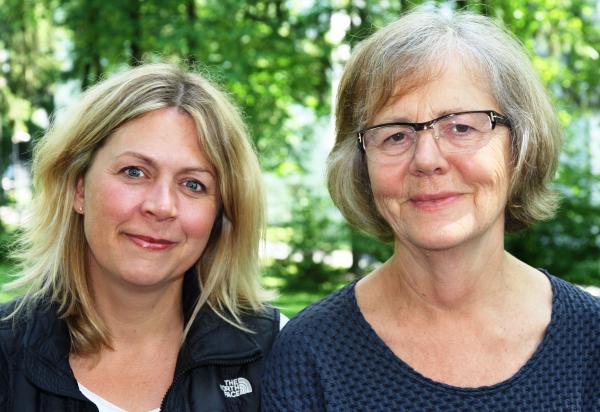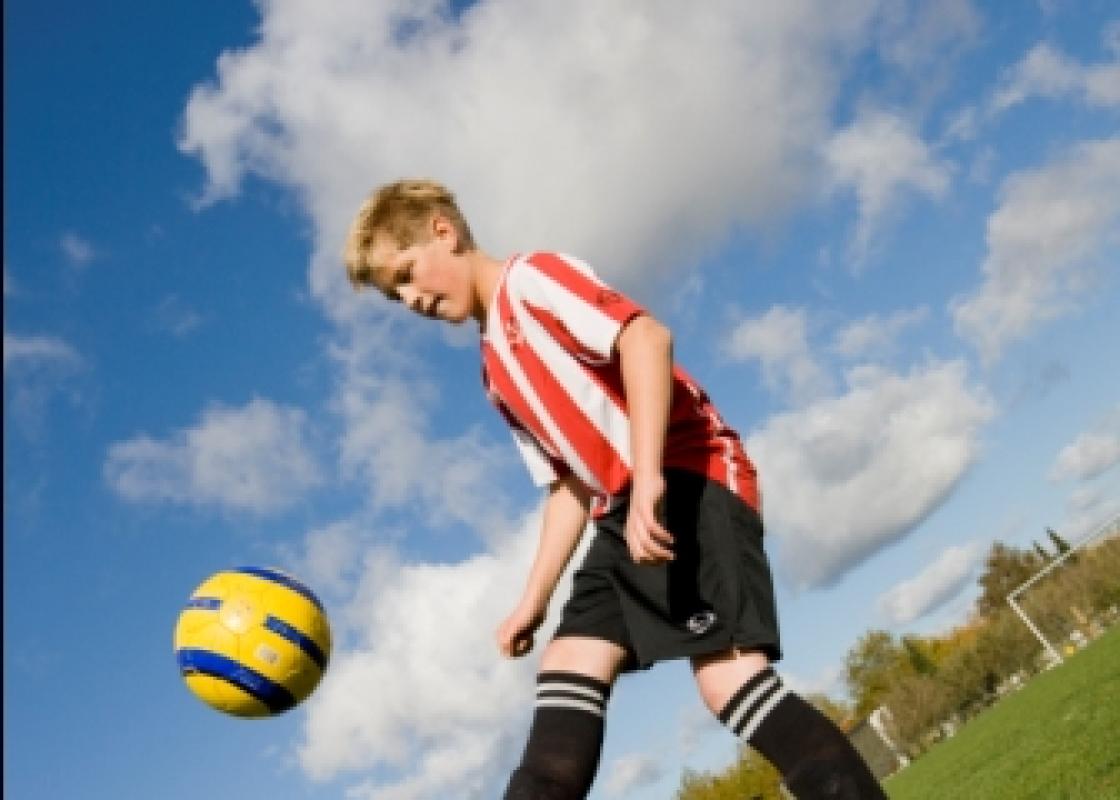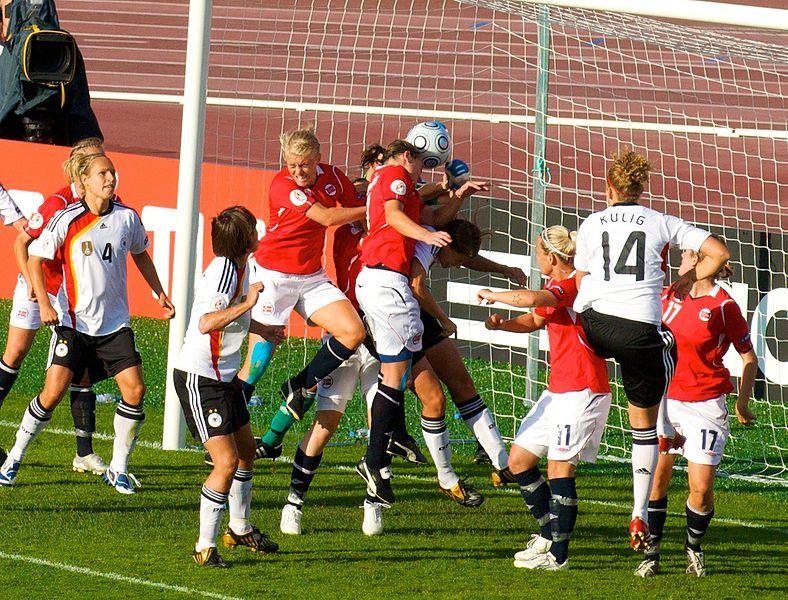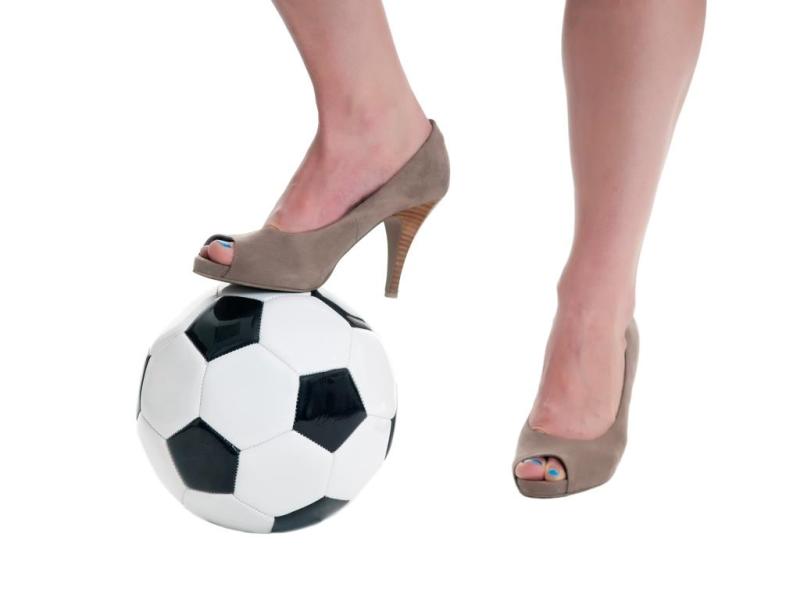“I’m the toughest guy. I can lift weights for five to six hours in a row. I start lifting five kilos and then I can go on for hours at the same speed the whole time. The others, they just do it for five minutes, and then they’re exhausted, you know. That’s the difference.”
These are the comments of Kåre, age 14. He lifts weights to be strong and muscular. Like all the other boys, it is important for Kåre not to be scrawny. This is something they can quickly become if they do not play football, practice martial arts or – like Kåre – work out at the gym and develop their muscles.
It has often been described how girls in puberty use clothes and make-up to make themselves into young women. Boys, on the other hand, become young men through physical activity. This is according to the psychologists Hanne Haavind and Mona-Iren Hauge in an article recently published by Routledge in the journal Sport, Education and Society. Along with a group of other researchers, they conducted several interviews with 12 to 14-year-old girls and boys living in Oslo over a two-year period. The teenagers talked about their daily lives, their activities and who they spent their time with. Some of the teenagers were also interviewed again when they were about 18 years old.
Only small boys play
“Generally small boys do not talk explicitly about their bodies. They perceive activity mainly as play. This changes when they get older, and they associate activity more with mastery and physical skills – and with masculinity,” says Haavind.
Hauge adds that the question is what kind of person they want to be; it is about becoming someone. For 12-year-old Dan, for instance, football is no longer a fun game, but rather an identity that also points to the future. He is making an all-out effort:
“Football...that what’s important to me. In a way, that’s what I’m going to do. Recently, I’ve started to think of what to do after finishing secondary school which starts next year, and I want to get as good grades as possible so that I can apply to enter the football gymnasium.”
“A football player is one identity the boys can choose, but it requires certain technical skills. In this phase many boys drop out of football, which is by far the most common activity in primary school, because they aren’t good enough or interested enough,” explains Hauge.
Hard and strong
The boys who drop out of football usually find another activity. Martial arts and weight training at the gym were the most common alternatives among Haavind and Hauge’s interviewees. Dareh chose Tae Kwon Do, and explains that it makes him stronger in more ways than one:

“We do push-ups on our knuckles to make them hard, in that way they are hardened, the soft tissue is destroyed . . . what we do is to harden the body in order to get by when we fight. By practising Tae Kwon Do you get smarter, you stay out of trouble and when you get into trouble, you know how to fight. You know how to protect yourself, how to get a better life.”
“What Dareh is saying here can be viewed as an expression of how the distinction between ‘mind’ and ‘body’ is blurred. The hard body becomes an expression of psychological qualities such as mental strength and perseverance. For the boys, ‘physical work’ – practice, exercise, endurance training, hardening the body – also creates, establishes and develops psychological qualities which are associated with their masculine identity. For boys who practice martial arts, this entails being hard and strong, both physically and mentally. Discipline is crucial,” says Hauge. For boys like Kåre who lift weights, the issue is more about developing raw strength.
“While the football players usually stay within their local communities, many of the weightlifters spend time in the city centre, where the milieu can be tough. Being muscular and strong is an important masculine value here. It commands respect from others and helps them in confrontations,” says Hauge.
Ethnicity and class
The weightlifter identity is the one that is most often perceived as problematic by society at large.
“Some of these boys struggle more than others in school situations. In contrast to football and martial arts, weightlifting is not seen as an activity that results in specific skills involving physical control. In this case, it is the result itself, the large muscles, that counts,” says Hauge.
The researchers point out that both ethnicity and class appear to play a role when the boys choose a masculine identity.
“Although we have not conducted any systematic studies on this, it is very clear that it is not coincidental how the boys are divided among the alternatives. The various identities are not equally available to everyone, and the boys must choose what is available to them,” says Haavind.
“Even though local football clubs have worked very hard to break down ethnic boundaries, the football players still tend to be ethnic Norwegian, whereas the majority of weightlifters are boys with a minority background,” Hauge adds.
Don not want to be scrawny
For most of the boys, continuing to act like children who mainly play is not an acceptable alternative, even though some of them put off becoming young men for as long as possible.
“The child-like male body – or being scrawny as they put it – is not desirable. They are afraid of becoming a thin, wimpy weakling if they don’t do something about it. In reality, there are no scrawny men, but it is a symbolic figure that contrasts with, and therefore highlights, the masculine ideals,” says Haavind.
It is a well-known phenomenon, both in the research literature and otherwise, that girls work hard to break out of their childhood when they reach puberty. Haavind and Hauge believe that one important finding in their study is that boys do this as well, only in a different way.
“The masculine identity must be developed through activity – together with other boys. They engage in football, martial arts and weightlifting along with their friends, often for many hours each day. The social aspect is very important for the boys. The activity is also an arena where they can position themselves in relation to the other boys, compete against each other and gain respect,” says Haavind.
Girls not so important
“But don’t the boys’ attempts to build a masculine identity have anything to do with girls?”
“At least not at age 12 to 14. In that age group it appears it is the girls who control the game of love. Of course the boys play along, but they don’t have too much to say. In addition, the girls’ tastes seem to span the range of the different identities. They fall just as often for a weightlifter as for a football player,” says Haavind.
Contrary to the girls who were interviewed, the boys do not talk in detail about all aspects of their physical appearance.
“While the girls usually go into great detail about what they themselves think about their own appearance, what others think, how their friends look and who has said what about whose appearance, the boys have very little to say on this topic. Instead the boys elaborate on their own and their friends’ physical mastery and technical skills,” say the researchers.
When the boys turn 18, however, they become more concerned with the aesthetics of the body. Looking good becomes a more important motive for engaging in physical activity, but even at this age the issue has little to do with girls.
“Their main focus is on competition with other men. Making themselves sexually attractive is not their focus,” says Hauge.
Translated by Connie Stultz.
See also: Why women's football isn't real football
Hanne Haavind is a professor in the Department of Psychology at the University of Oslo.
Mona-Iren Hauge is a researcher at the Norwegian Centre for Violence and Traumatic Stress Studies.
Both women are currently affiliated with the research group Personal Development and Socio-Cultural Change at the Centre for Advanced Study at the Norwegian Academy of Science and Letters.



